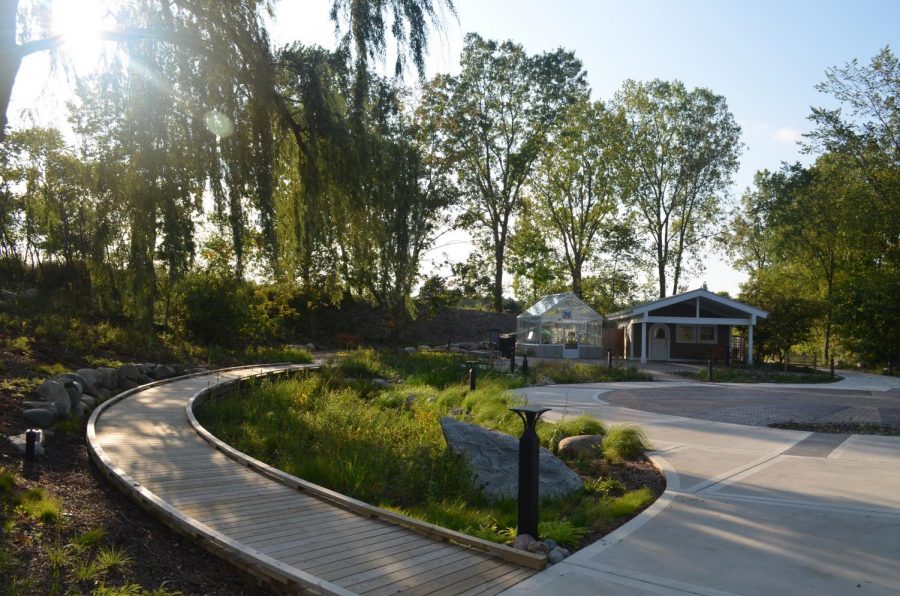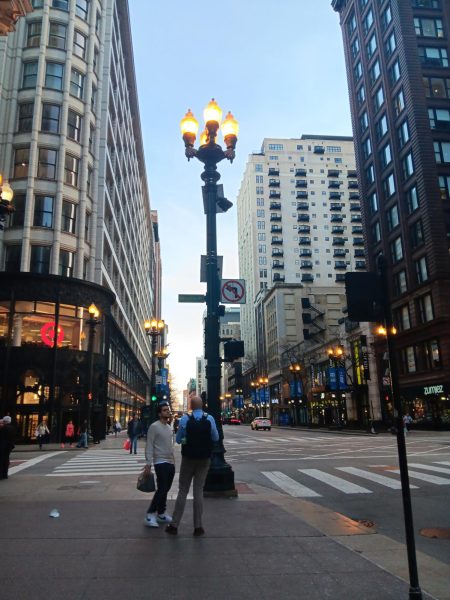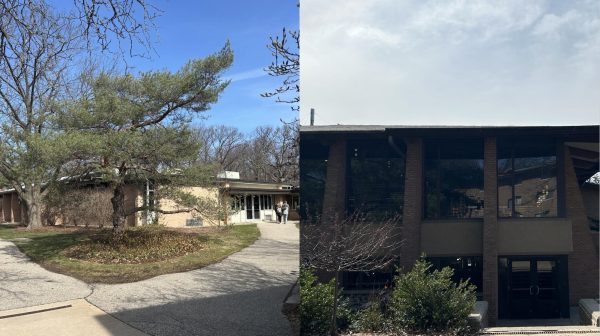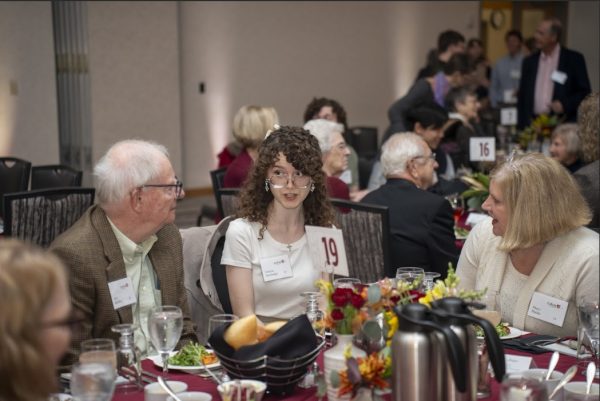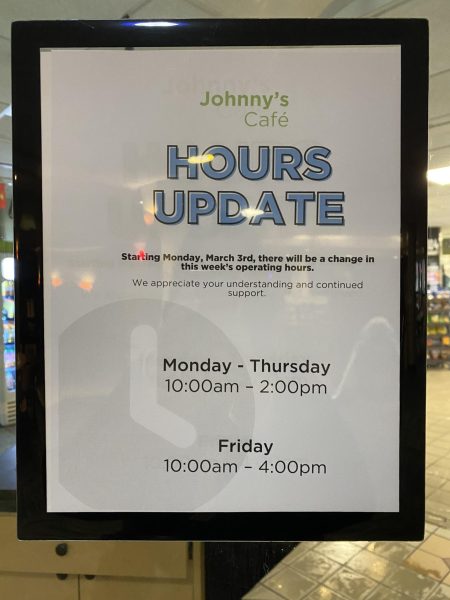Pollinators, peace, and propagation: Venema Native Gardens
Calvin’s campus has new vibrant life springing forth across the Beltline. The Venema Native Gardens, which opened in May, houses nearly 200 species of plants native to West Michigan on its 100 acre urban preserve. According to Dr. Randall Van Dragt, director of the Ecosystem Preserve and Native Gardens, nearly 10,000 of the 30,000 total plants in the gardens were propagated at Calvin, with others coming from plant rescues. The Venema Native Gardens is listed as a botanical garden under the American Public Garden Association.
The Bunker Interpretive Center and surrounding gardens and preserve has been around since 2004. According to Jeanette Henderson, Program Manager at the Bunker Center, professors Van Dragt and Warners have been raising native plants for many years for restoration projects on and off campus. Because of the success and growth of the plants, the old gardens had a “wild” look and there was a challenge to make them more inviting and “a place that Calvin students and the community could connect,” said Henderson. Connection is part of the vision of the gardens as individuals, “reconnect with themselves, reconnect with God, reconnect with others, [and] build relationships in a beautiful outdoor space,” noted Henderson.
According to Henderson, “There’s not a lot of college and university campuses here in Michigan that have a space like ours actually on campus. So to have a quarter of your campus to be actually a preserve and gardens — that’s pretty unusual.” Henderson suggests that the gardens will help destress students. She said, “We like to think of it as the sabbath place of campus.”
A hardscape of pathways and places to relax within the gardens creates a more friendly and open gathering space. According to Henderson, the donor really “wanted it to be a space that Calvin students would connect with and be present in. So we wanted to make sure we had plenty of seating spaces for students to have a place to just stop and rest.”
The native gardens also provide an outdoor classroom for students to engage with across academic fields. The native gardens plan to continue adding online educational resources in which the Calvin and local community can engage with.
Part of the garden’s mission is to encourage the community to “grow native” and showcase the beauty of native plants. “We wanted to showcase, and actually have demonstration gardens that would enable homeowners and businesses to see that native plants have value,” said Henderson.
Community members will see how they can use native plants in their own gardens. “We’d really love people to get to know types of plants in a way that they can name them. Because when we name things we tend to give them more significance,” noted Van Dragt.
The new design kept plants to a smaller scale so when they mature they won’t outgrow the facility. Plants were clustered by the functions they perform or the habitats they’re native to, which makes it “easier to use it to teach people plants,” said Van Drugt.
All plants within the preserve are native to West Michigan with the exception of a few non-native annuals. These were planted so people have a contrast between natives and non-natives that people tend to plant said Dr. Van Dragt. “We live in a world that’s pretty heavily populated with introduced species, non-natives. And this is an opportunity to show what the world might have looked like before all those things hit our shores,” said Van Dragt.
In an effort to draw a connection between plants and other functional parts of the environment, plants were chosen that are friendly to pollinators such as butterflies and bees, or are used as host plants for larvae. Henderson noted that the goodness of the plant and what local pollinators need has been taken out of horticultural (non-native) plants. According to Van Dragt and Henderson, native plants serve an important role as they benefit pollinators, need less water, and are adapted to local climates.
The future of the gardens include interpretive maps to explain the layout of the gardens and preserve, and signs to identify the native plants. Already, there are volunteer opportunities to connect with Calvin students and members of the community, but ideas for the future include meditation and mindfulness activities, lawn games on the plaza (of which there will be a trial at Calvin’s Parent Weekend), and a designated hammocking area. Information about getting involved at the Ecosystem Preserve and Venema Native Gardens can be found at calvin.edu/ecosystem-preserve.



